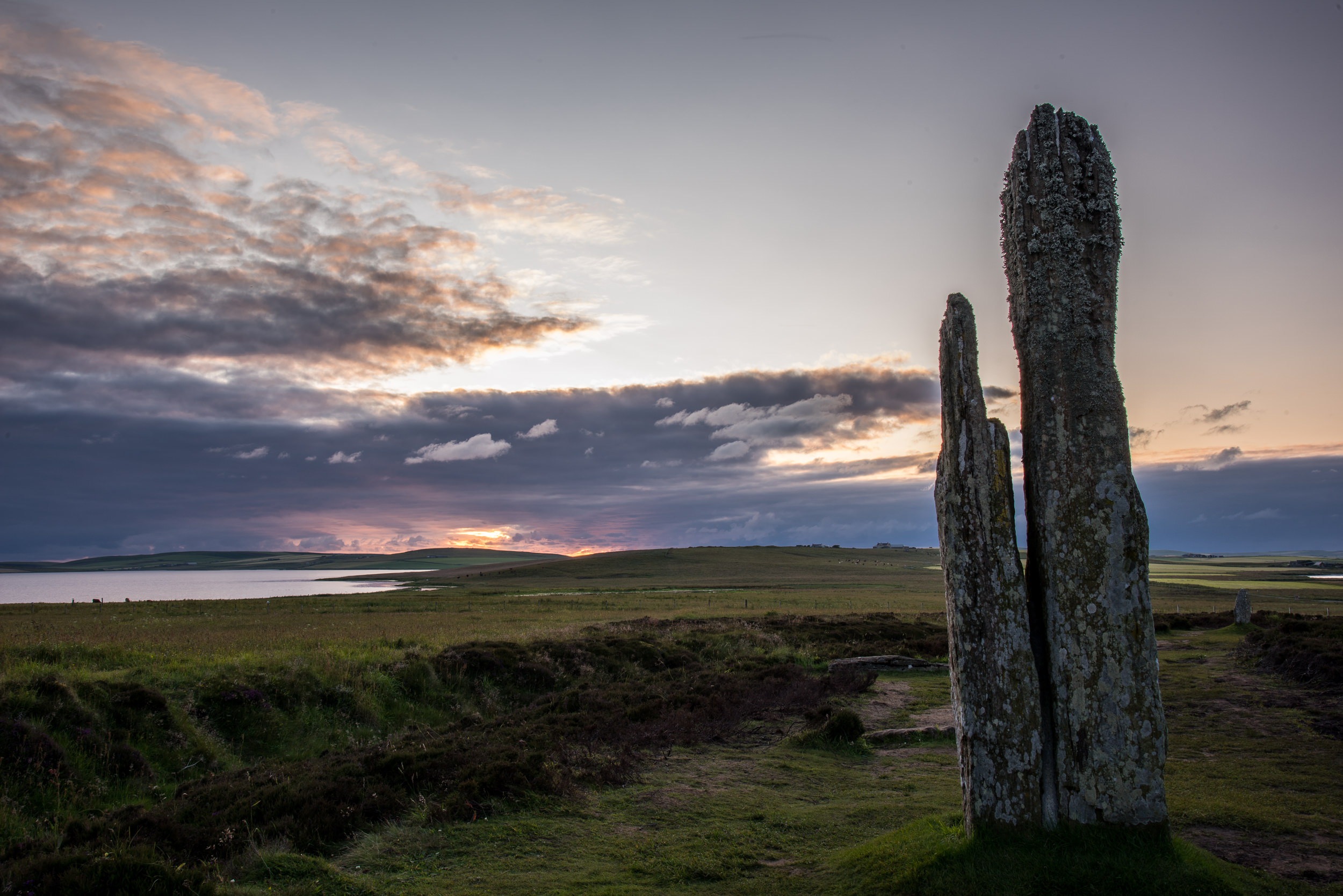On a hot day in May my friend and I were tramping through a muddy cow field, eyeing the bulls that were eyeing us. We clutched our phones open to the map feature, honing in on a GPS location as our strides parted the tall grass. We passed through wildflowers blooming at the field’s edge and entered a dense wood among spiraling vines that dangled from trees.
“Watch your hands,” my friend said. “There could be poisonous anything around here.”
We continued on into the Mississippi lushness of undergrowth, and then there they were – tombstones and crumbling statues clustered together amidst all the plant life of the forest. This was the purpose of our trip. We were driving from Nashville to New Orleans, camping in the back of a rented pick up, visiting the graves of our ancestors. Looking back now I see the paradox – we were traveling in search of rootedness.

The act of stepping away from the home, the place of a never-ending list of chores, the weed-ridden garden that is always a reminder of what I have left undone – that in itself has value. Perhaps the all-surrounding gray of the Pacific ocean, examining an unfamiliar moss curling out of a tree stump, or stargazing in a desert with an impossibly large moon, are what we need from time to time. An interruption to the monotony of life, and a chance for simple wonder.
But some of us crave greater purpose to our travel, something that reaches beyond simple wonder and novelty. I’m inherently skeptical of “service” trips as a sort of missionary-esque travel that assumes that people in other places need what you have to offer in any way that you could understand and deliver in a short amount of time. I do think that people in your own community need what you have to offer, and being of service is enormously important, but that is a topic for another day.
My husband defies cliché by being one of the only people I know who does not like a long walk on a beach. If I suggest a “purposeless” walk he says “why?” but he will hike non-stop all night for days if his hike is in pursuit of elk during the season.
If you are someone who prefers purpose-driven travel, here are some ideas for consideration, whether you go 45 minutes away or take a 45 hour multi-leg journey to another continent.
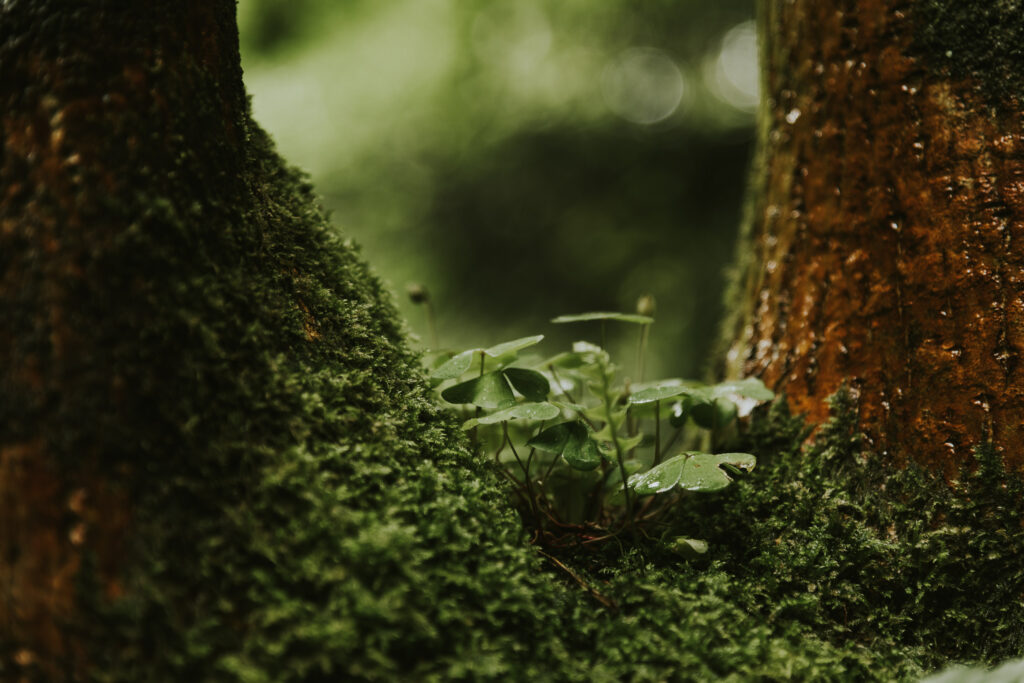
Foraging – where the finding is as good as the seeking
One simple idea is to go foraging. Learning about local plants has made all my walks through the Pacific Northwest forest like spotting a who’s who around town, an opportunity to visit both old and new friends. Pick one plant per journey to photograph or take a sample back with you to identify it. Try to go deep on one plant at a time, really getting to know them. If you want some guidance, Wildness Within offers monthly guided walks in Washington state, as well as classes oriented towards wildcrafting.
Foraging is the most natural activity so children take to it easily. I try to remember to bring something to offer back to the land where I harvest. You can encourage your children to do this offering and speak words of gratitude. Perhaps some dried herbs from your own garden, a few drops of a tincture, or playing a small instrument for a sound offering. Memories of my son at 3 years old offering solemn gratitude to a blackberry bush still warm my heart.
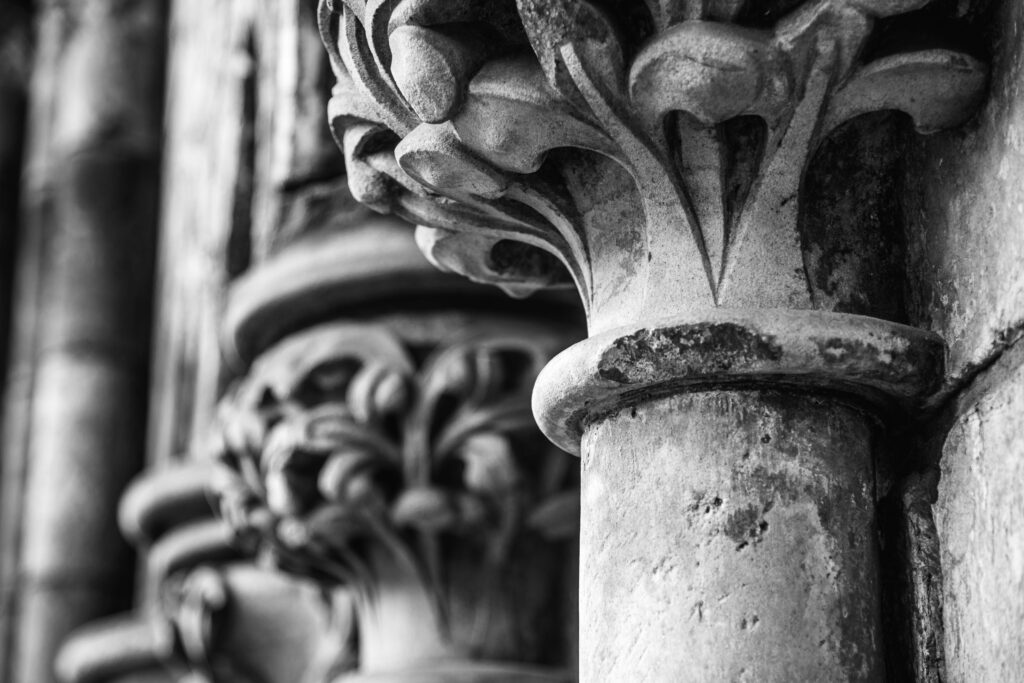
Pilgrimage – the search for meaning
Another idea is to choose some holy place and engage in pilgrimage. This could be to a temple on a remote island in Cambodia, swathed in vines and monkeys. You could join an existing pilgrimage and festival for a deity such as those that happen many times per year in India. In my case, living in Washington state, one idea is Salish Falls, a sacred place to the Snoqualmie people. In this place, it is said that First Man and First Woman first appeared.
Instead of gawking from the overlook at the sheer volume of water and retiring to the hotel to have biscuits and honey, first hike down to the foot of the falls. Greet the falls as a being, a holy entity, and with humility. I do not claim to understand the personality, and nature of this spirit, but I know that the Salish falls are what you could call an “animate” place that has been co-existing with humans for a long time, being sung to and prayed to for many generations. So offering some tonal resonance, even if it is a quiet hum that would not draw attention from the various Gortex clad day hikers, can invoke that resonance.
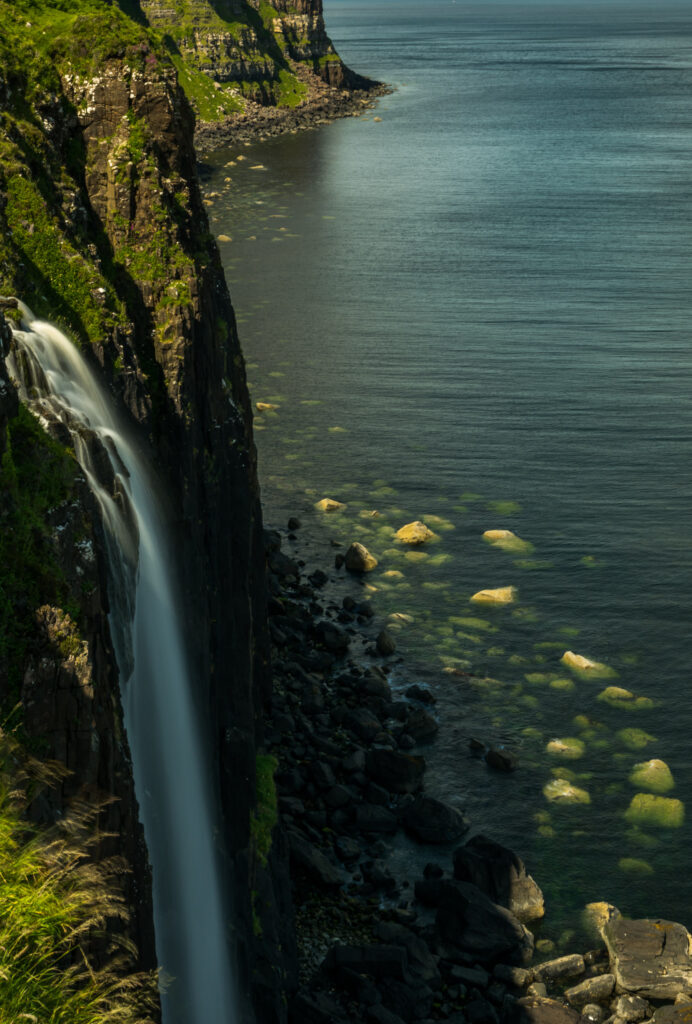
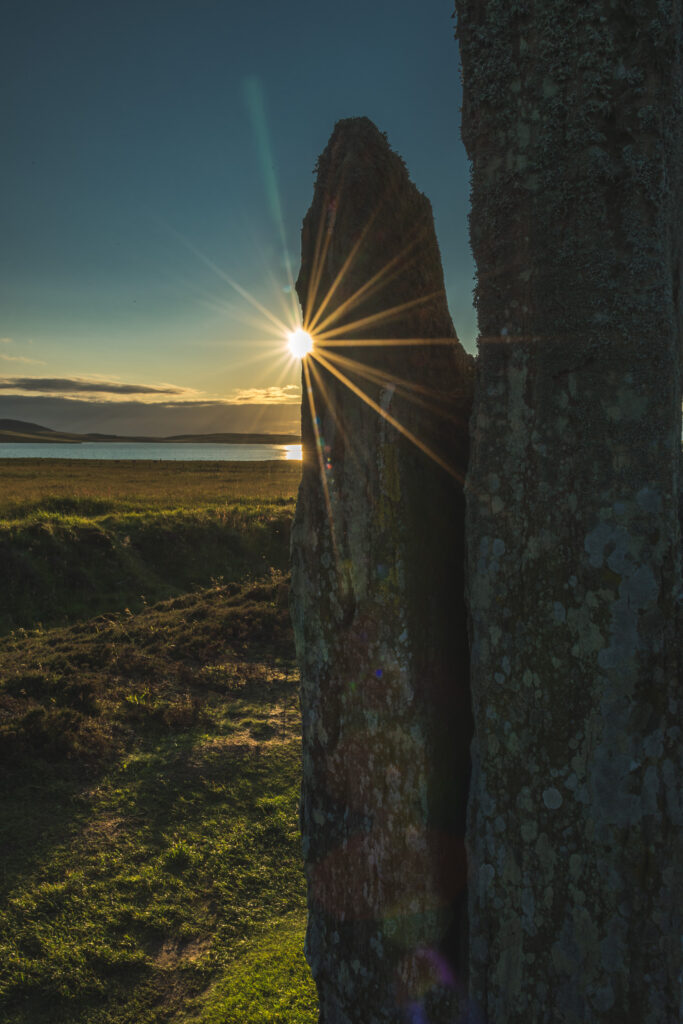
Visiting mythical places in literature & storytelling
I also love reading as much of the folktales, fairy tales, and myths of a place as I can before I visit. I might then be able to track down a physical place where one of these stories is said to have occurred. For example, we followed a book called The Land Speaks when briefly touring Ireland, and made our way to a small cave where the Morrigan is said to escape every night on Hallow’s Eve to ride darkly over the countryside. This cave is called The Cave of Cats, and is where heroes battled great otherworldly cats all night and emerged victorious. We made our roadside offerings and crawled on hands and knees through mud into a dark cavern. I can’t speak about it too much, but it was a place of tangible mystery.

And sometimes, with enough invocation, offerings, and listening, you might stumble upon a place and know it as holy purely from your own perception. I believe that most of what makes a place holy is the co-creation of humanity with spirit at a site over a long period of time. I once felt strongly that a stretch of the Willapa River was a holy place, and then discovered that there were people, the Willapa People, whose entire territory revolved around the river just there, and of course, would that river then not have been sung to over centuries at least.
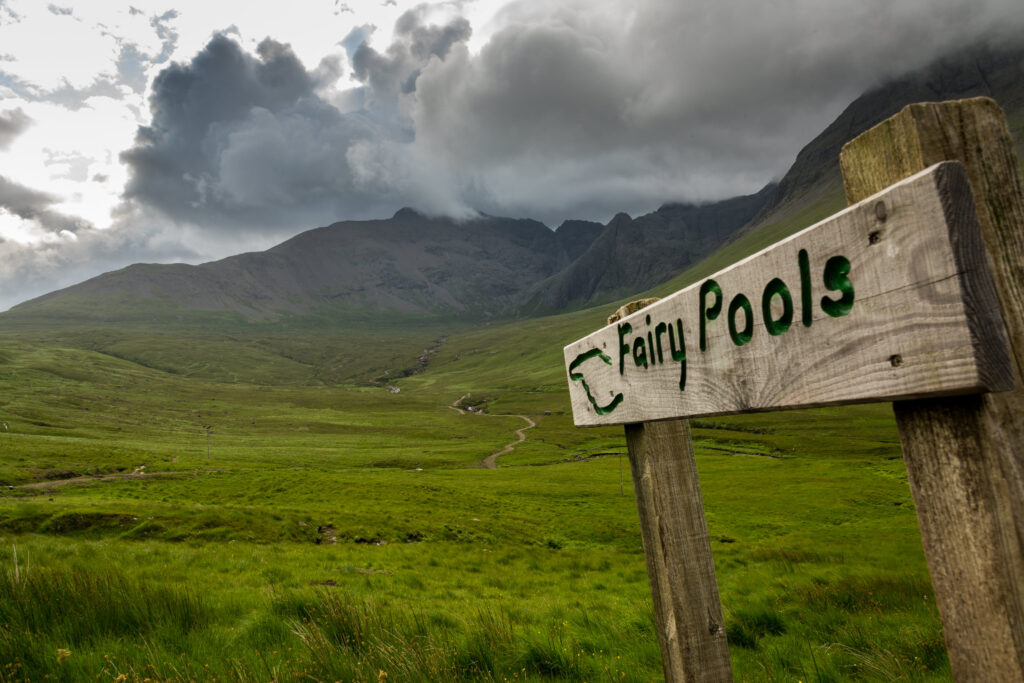
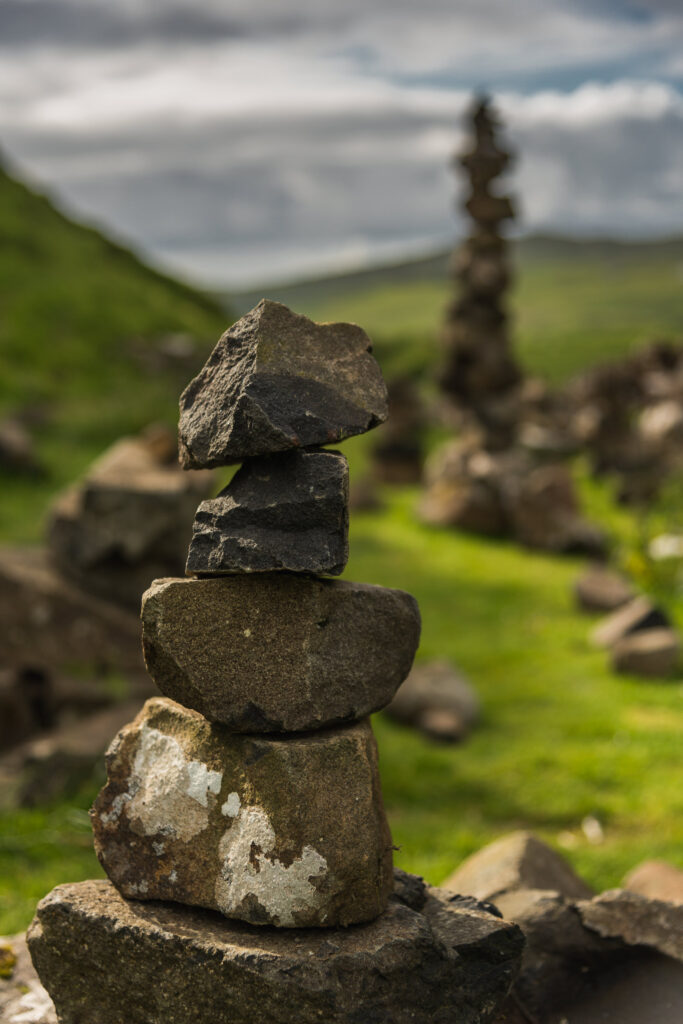
Wherever your ancestors are from, there are holy sites there with varying degrees of separation from modern people. This is what humans do, when not interrupted by the weirdness of modern culture – we live in connection with land, creating focal points of honoring animacy. When my husband and I traveled to Ireland, where we both share ancestry, we visited many Holy Wells, and sensed the sacredness of water bubbling from the earth where humans had made a focal point to honor it. One we visited by a crumbling seaside castle had a tradition of people walking around it 27 times, reciting prayers, on a specific day of the year.
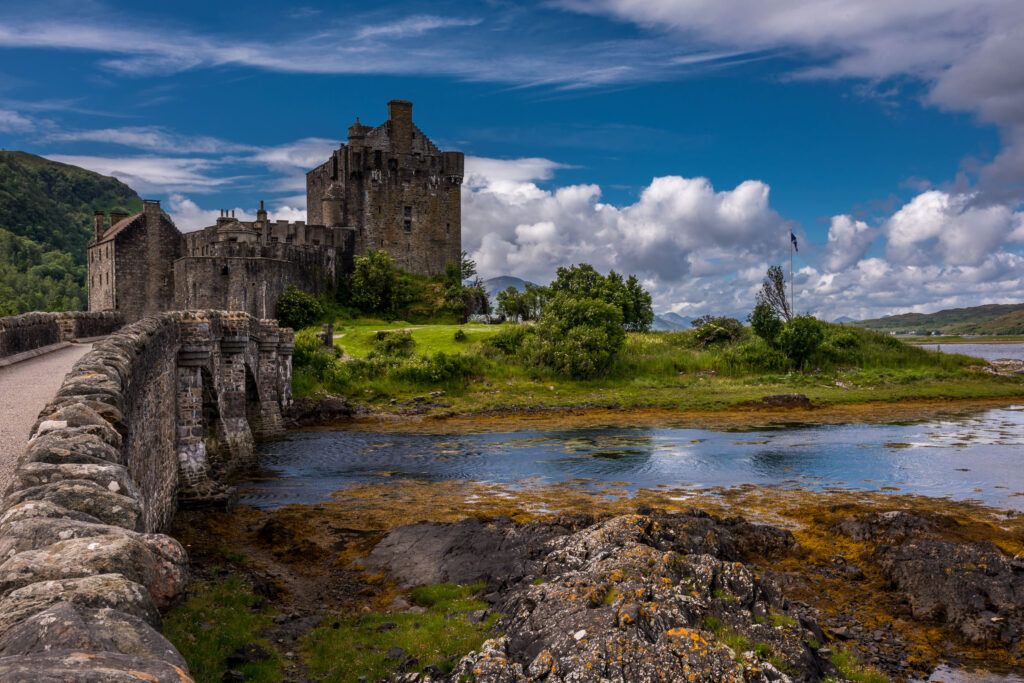
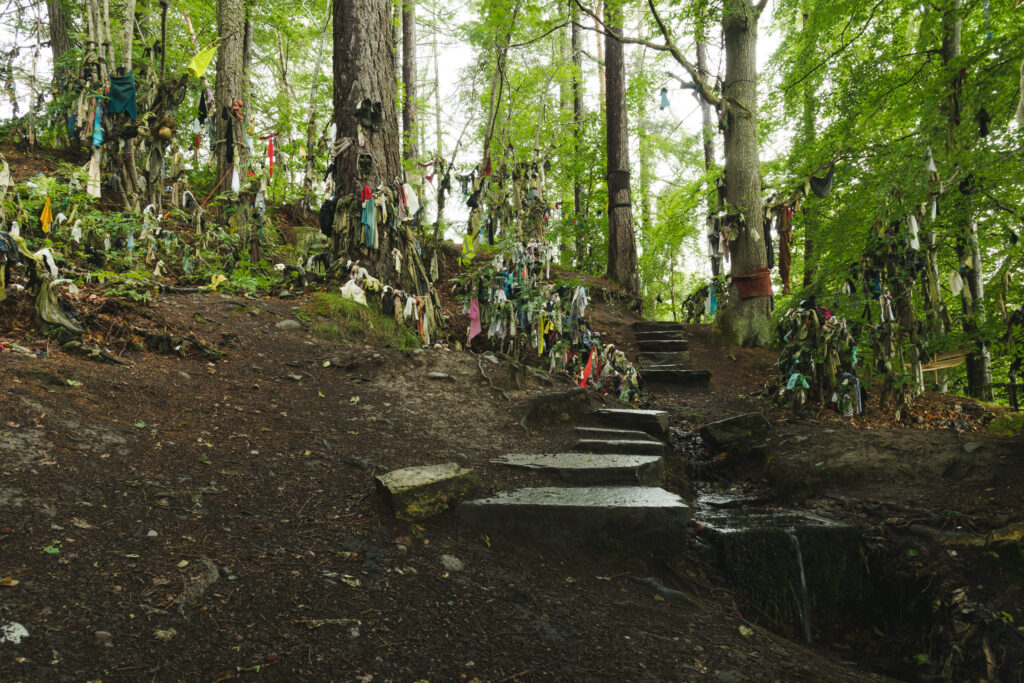
We contemplated the layers of the Catholic imagery surrounding most of the wells and simultaneously how the practice of sacred wells predates Christianity in Ireland. Of course Mary is near ubiquitous at the wells, and many wells have special patron saints that also predate Christianity, but which were absorbed into the church, such as Brigid. We often had the sites to ourselves and then dealt with the awkwardness when some Irish hiker emerged from the woods to find us circumambulating the well humming and jangling bells, clutching a fist full of flower petals. But it was perhaps not that odd of a sight, as evidenced by the multitudinous offerings littering each well we visited. The many prayer rags tied to the branches of a nearby tree fluttered in the wind.
Mother Mary seems to welcome everyone who comes with humility. The Way of the Rose is an excellent resource for the non-Catholic (or Catholic) who is interested in approaching a relationship with her. There are many sites honoring Mary throughout the Americas. One favorite of mine is Chimayo in New Mexico, where people come and collect dirt (which is imported and blessed by priests because there were so many people taking dirt). The hallway to the dirt is covered in crutches from the people healed by the miraculous dirt. Whether it is from the volume of offerings, the distinctive art in the church, or the hot sun beating down on you while you walk, the whole grounds seem to hum with animacy.
There is typically hardship in any true pilgrimage and that is a part of the dismantling of the self that enables you to be transformed by the experience. One teacher of mine spoke of visiting holy sites in Europe, and the hardship of walking up a mountain carrying two toddlers under the hot sun, and how that physical exertion was a part of what enabled him to hear the angels singing at the top. Travel with young children brings its own hardships built in. Either adjust to their speed and nap rhythms or face an ultimate meltdown of everyone involved. Lots of opportunity for surrender either way.
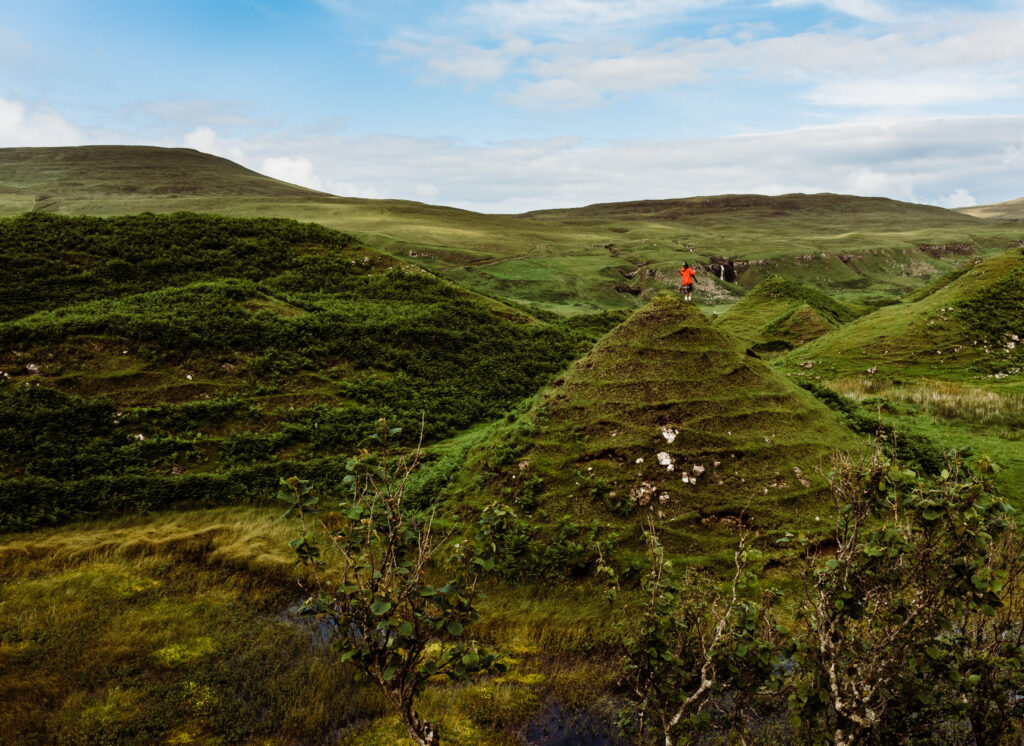
Finding & owning your roots
It is interesting as Americans descended from settlers, to embark on pilgrimages and relationship with this land here. When I visited the graves of my ancestors across the south of the US, I discovered written on the tombstone of one of my predecessors: “Secretary to Andrew Jackson.” After a small flutter of pleasure that I had an ancestor who was somehow associated with a famous person, with a sinking feeling I began to remember the many sins of Andrew Jackson. He held hundreds of slaves throughout his life. He led armies in genocidal war with Muscogee people and Seminoles. I carry this with me and contemplate what responsibility I have as a descendent of someone who worked with him, and aim to act in accordance with that responsibility, clumsy though my efforts might be.

When we encounter the land here on Turtle Island, or ancestral locations, especially with our children, it invites an inter-generational reckoning. I do not offer any platitudes or conclusions about that reckoning, but a reckoning it must be, and perhaps new actions may emerge from that reckoning from a place of more knowing, more genuineness, more connectedness to place, to history, to ancestors, to plant and animal people, to spirits. It is a paradox to travel, to wander from your own home and land, in order to connect, but it is perhaps in sync with a cosmic pulse of departure and return. The role of the traveler is an archetypal one in myth and a complex role to inhabit, so let us endeavor to travel well whenever the call pulls on us too strongly to resist.
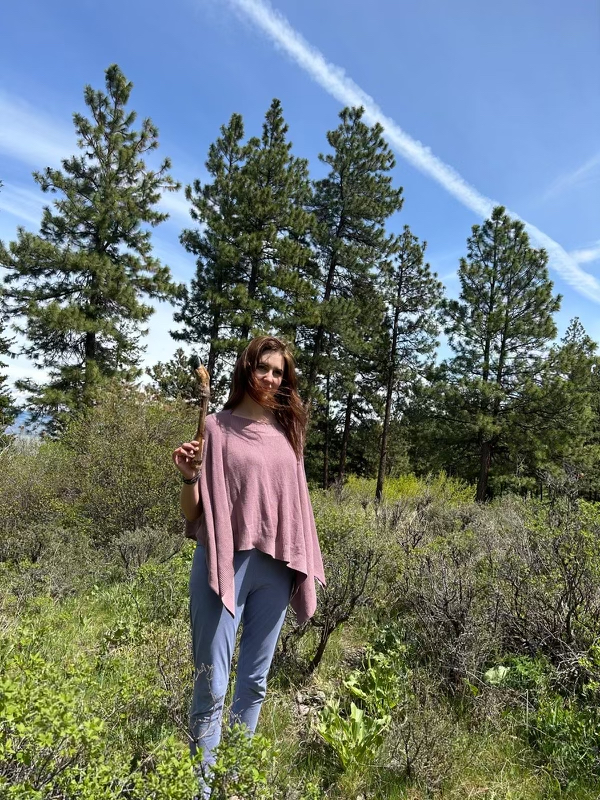
About the Author
Madeline McCauley is a mother, a lover, a sober-eyed realist filled with wonder, a business-woman, and a bit of a goof.
She has been attending and supporting deaths in community for five years. She gets broken open by every death she attends. She has learned and is still learning from Lashanna Williams of A Sacred Passing the true meanings of the words “doula” and “community.”
She is the daughter of two now-retired psychologists, who taught her to value realness in people, and what it is to listen. She is married to a contrarian Capricorn of a cannabis-farming man, and together they are raising a 7 year old boy with a baby girl on the way. Her family lives nestled in the foothills of the Cascades.
